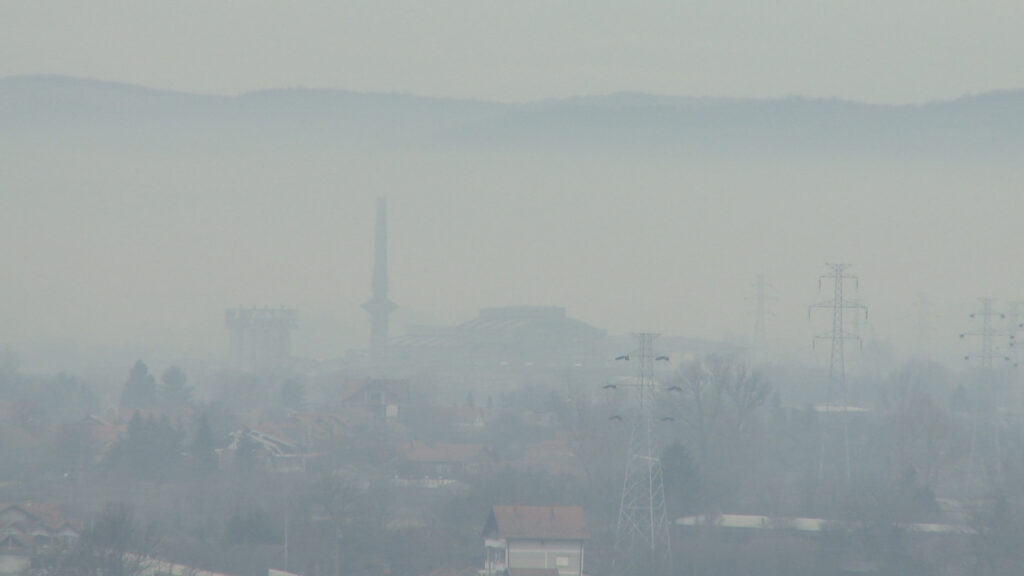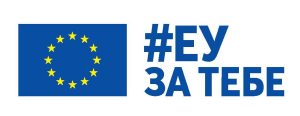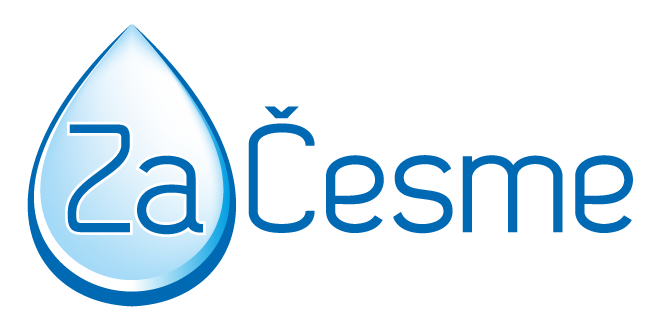
28/03/2023
Excessively polluted air – winter gray everyday life in Zaječar
When it comes to air quality, Zaječar is among the ten most polluted cities in Serbia. The dominant source of air pollution comes from suspended particles PM10 and based on the results from 2019, when the concentrations of these particles are measured, Zaječar has the third category of air quality, which means excessively polluted air (source: http://www.sepa.gov.rs/download/izv/Vazduh_2019.pdf, page no. 39). Such bad air, dangerous for health, comes from the large percentage of individual fireplaces that use fossil fuels with different quality. These individual fireplaces are in the vast majority compared to buildings that are heated by the district heating system.
A key indicator of air quality is the concentration of suspended particles above the permitted limit. The permitted limit for PM10 is 40 micrograms per cubic meter. Zaječar, for example, had a maximum daily value of 515 micrograms in 2019, and 244 micrograms per cubic meter in 2021 (link: the statement of Jasmina Stević Jović, Head of the Environmental Protection Office of the Zaječar City Administration in Zaječar).
The only automatic station for measuring air quality in Zaječar is located in the city center and, in addition to the concentration of PM10 particles, also measures sulfur dioxide, nitrogen dioxide and carbon monoxide. This station is part of the state monitoring system of the Environmental Protection Agency and does not have the ability to monitor concentrations of PM10 particles in real time, but publishes the results on its website with a one-year delay (link: the statement of Boban Pogarčić, Representative of the Association “Za Drinking Fountains”).
Thanks to civic initiatives, there are also measurements in Zaječar that are not officially accepted by the state. There are about 10 households in Zaječar with so-called Klimerko, and according to the site https://klimerko.org/ , which monitors the concentration of PM 2.5 and PM10 particles in real time, Zaječar is in the red zone almost every day during the heating season, which means “highly polluted air”.
The research, which was conducted 10 years ago by the World Health Organization’s International Agency for Cancer, showed that outdoor air pollution causes cancerous diseases in humans, and suspended particles are most often associated with an increase in the rate of lung cancer patients, respiratory and cardiovascular diseases, which was discussed by Dr. Dijana Miljković, from the Institute for Public Health in Zaječar.
The Lancet study recently published the information that air pollution causes over 6·5 million deaths each year globally, and this number is increasing.
In order to solve the problem of air pollution in Zaječar, but also in the whole of Serbia from thermal power plants, industry, individual fireplaces and traffic, large investments and time are needed. In most excessively polluted cities in Serbia, including in Zaječar, civic organizations are more involved in solving this big problem than the authorities. Association “Za Drinking Fountains” within the project “Environmental response to mining expansion in Timočka Krajina”, funded by the EU, in cooperation with the City Administration, formed a Working group for air quality monitoring and requested from the Ministry of Environmental Protection a device for measuring the level of suspended particulate matter in real time. After almost a year, neither the device nor any response from the Ministry has arrived. One gets the impression that solving the problem of air pollution is at the bottom of the priority list and that the people of Zaječar will continue to pay the price of such a situation both through the costs of the health system and through lost of human lives (link: survey of citizens of Zaječar).
Association “Za Drinking Fountains”
This text was produced within the project “Environmental response to mining expansion in Timočka Krajina” funded by the European Union, and implemented by the Association “Za Drinking Fountains”, the Association of Young Researchers Bor, Civic Library “Europe” Bor and Children’s Center Zaječar. The content of the text is entirely responsibility of these associations and do not necessarily reflect the views of the European Union.




